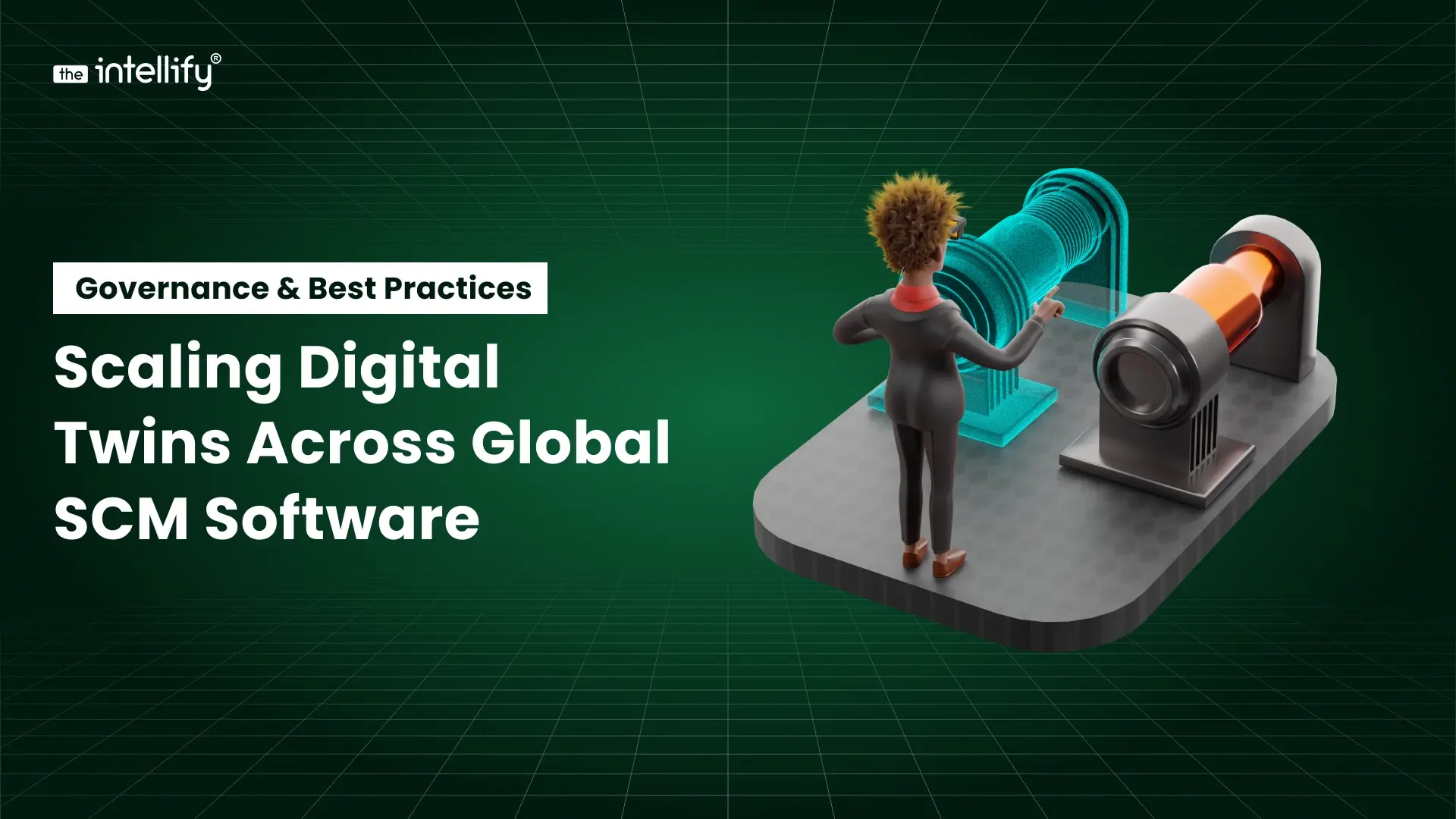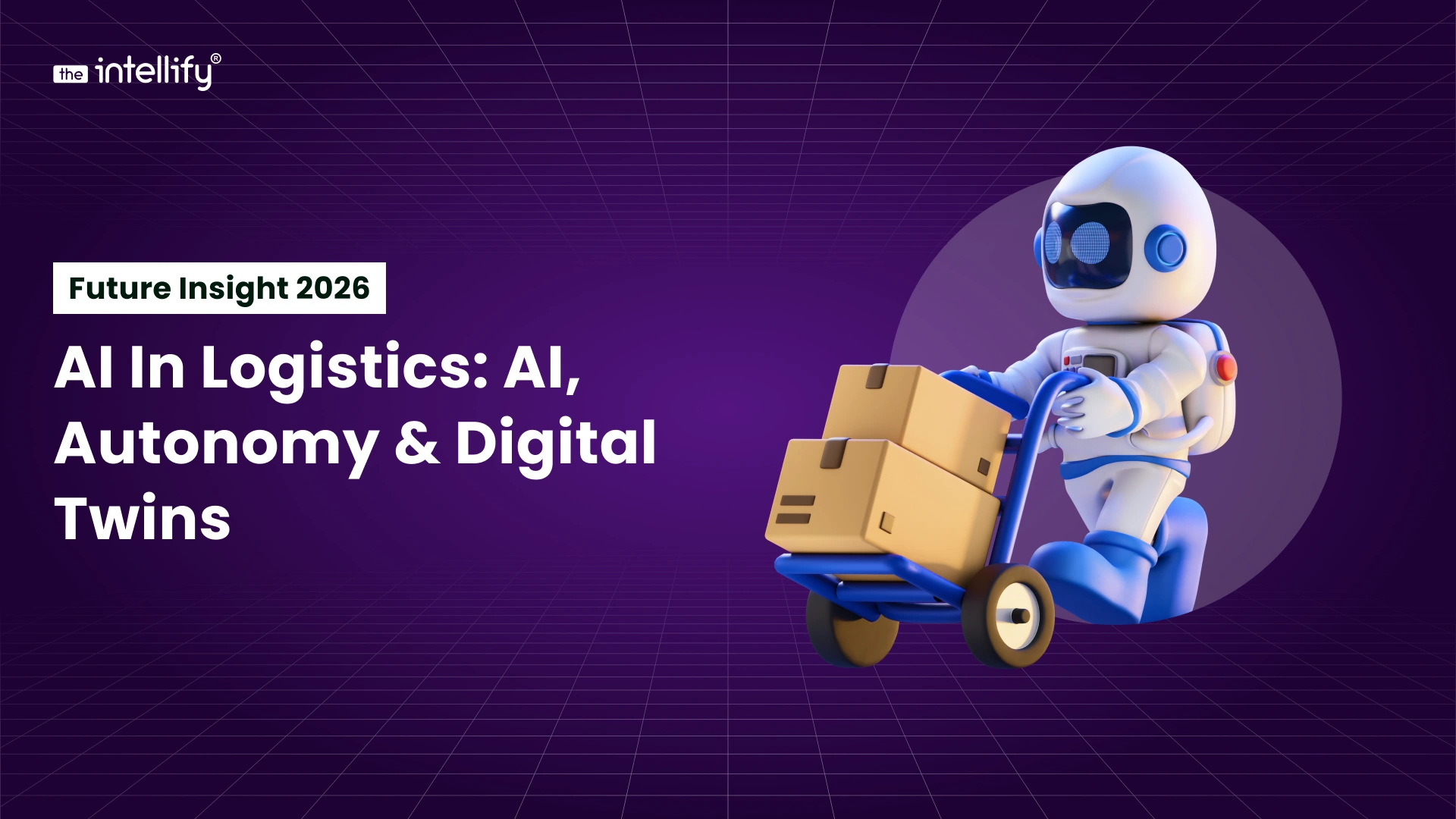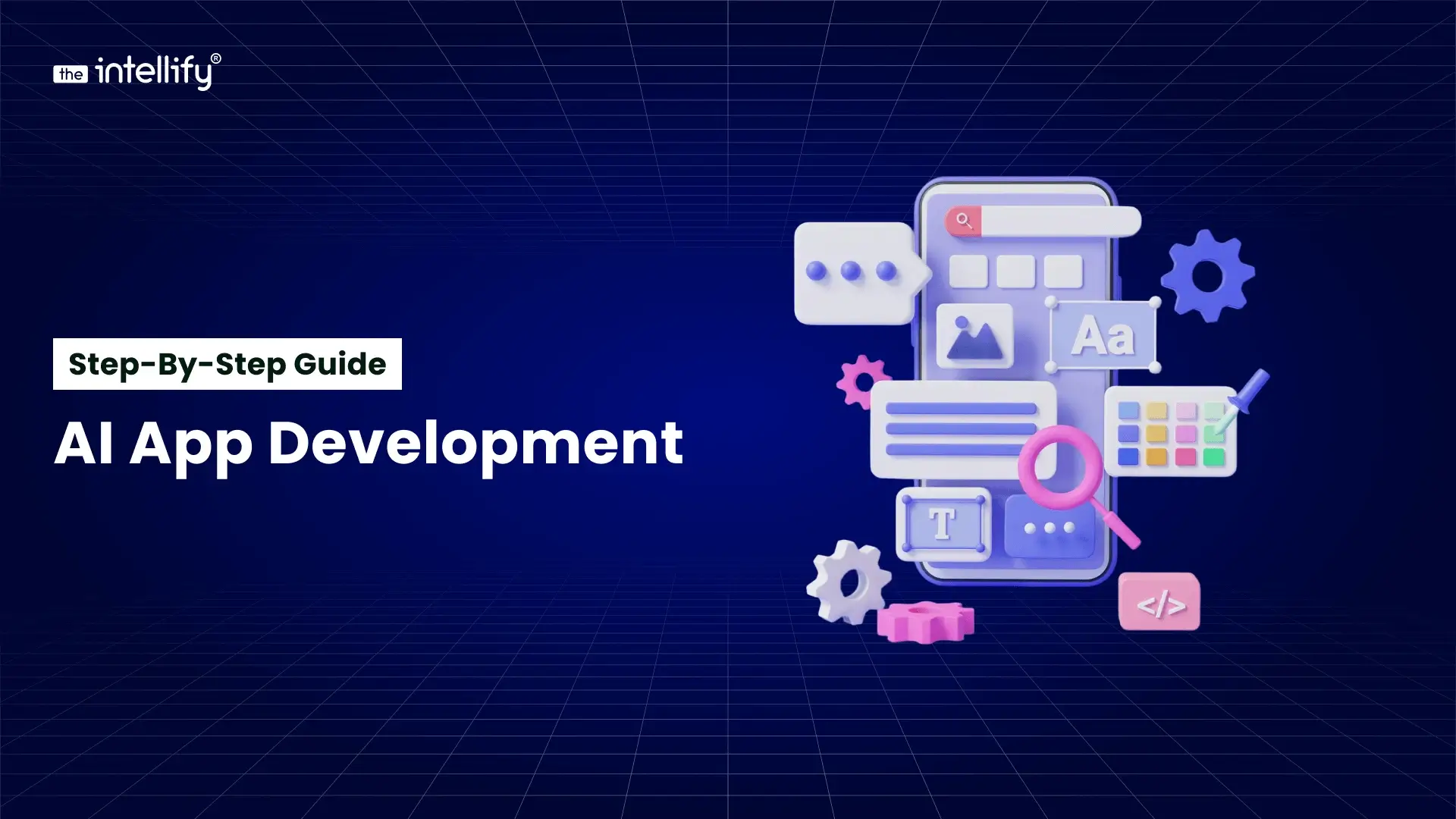
One of the most transformative technologies of the decade is virtual reality (VR) training. As businesses around the world work to make learning environments safer, keep students, and make them more efficient, immersive VR training solutions are pushing innovation in aviation, healthcare, sports, manufacturing, and more. As the market for virtual reality training solutions grows, 2025 will be the year when they become widely used.
VR training is no longer just for pilots and surgeons. It’s now being used to teach new employees, train soldiers, get athletes ready for competition, and simulate work situations in a wide range of fields. Not only can people learn by watching, but they can also learn by doing in VR, which keeps them safe, interested, and productive.
What is Virtual Reality Training?
Using VR headsets, 3D environments, motion tracking, and haptic feedback, virtual reality training creates a fully immersive learning experience. Students can interact with a virtual world that looks and feels a lot like real life. You can make these simulations for people to learn on their own, work together, or take tests.
Difference Between VR, AR, and MR in Training

- Virtual Reality (VR): Environments that completely replace the real world. Perfect for training simulations with a lot at stake.
- Augmented Reality (AR): adds digital content to the real world. Best for learning by doing and getting help right away.
- Mixed Reality (MR): Real and digital things that work together in real time. Used for complicated workflows and group training.
Key software platforms that make VR training possible
Unity and Unreal Engine: Commonly used to make immersive, interactive environments and simulations.
Blender: For making 3D objects and assets that are used in simulations.
Custom VR LMS Platforms: These let you add VR content to corporate learning management systems that can track, analyze, and certify users.
SaaS VR Platforms: STRIVR, VirtaMed, and Talespin are examples of SaaS VR platforms that offer plug-and-play virtual reality training software for a range of fields.
Key Benefits of VR Training

Learning that is more immersive and sticks better
Researchers have found that people who learn through VR remember up to 75% of what they do, while people who learn through reading or lectures only remember 10%. There are many benefits to using virtual reality for training, such as learning by doing, remembering what you learned, and getting new employees up to speed faster.
Safe Practice in Dangerous Situations
With virtual reality training solutions, you can teach people who work in high-risk fields like aviation, firefighting, surgery, or military combat without putting them in real danger.
Training costs go down over time.
Companies save money on travel, equipment, instructors, and facility use in the long run, even though the initial investment may be high.
Remote Access and Growth
Cloud-connected VR experiences let learners use virtual reality training software from anywhere, so it can be used by teams all over the world.
Data-Driven Analysis of Performance
To make learning paths more personalized, keep an eye on things like completion rate, accuracy, time taken, and how well you make decisions under pressure.
Higher engagement & Motivation
Gamified experiences, interactive settings, and stories that draw you in all make people more likely to stick with something and less likely to drop out.
Industry-Wise Use Cases of VR Training

1. Virtual Reality Training in Aviation:
Virtual airline training is changing the way pilots and crew members get ready for problems in the real world. Students learn how to do everything from taking off and landing to responding to emergencies through virtual reality flight training simulations.
For example, Lufthansa uses virtual reality flight training to teach cabin crew how to make emergency landings, get out of a smoke-filled cabin, and do safety drills. This saves time and money.
2. Virtual Reality in Medical Training
Medical students and professionals can practice complicated surgeries in virtual reality. Medical virtual reality training is also used to teach how to diagnose, perform procedures, and talk to patients. Also, VR therapy in mental health helps professionals treat PTSD, anxiety, and phobias in a way that works.
For example, the Cleveland Clinic uses VR surgery simulators to teach heart surgeries, and Limbix and other platforms offer VR therapy training for anxiety disorders.
3. VR Training in Sports and Fitness
Virtual reality baseball training helps players get better at timing their pitches and making accurate swings. Virtual reality football training helps players become more aware of tactics and react faster. VR fitness training apps let you do cardio, endurance, and strength workouts at home or at the gym.
For example, the Dallas Cowboys use STRIVR’s virtual reality football training modules to get better at making decisions, and FitXR offers interactive VR fitness workouts.
4. VR Training in Driving & Transportation
Virtual driving training makes dangerous road conditions seem real and helps learner drivers react faster. Logistics companies use it to teach truck and delivery drivers how to find their way around and stay safe.
Example: UPS uses virtual driving training to help new drivers learn the routes and how to spot hazards before they get behind the wheel.
5. Military and Defense Sector
Virtual reality military training includes things like combat simulations, flying drones, and planning tactical field strategies. Soldiers go through virtual boot camps, and veterans get therapy that focuses on PTSD.
Example: The U.S. military uses virtual reality military training to make conditions like those on the battlefield, in cities, and during mission rehearsals.
6. VR in therapy and psychology
VR therapy training makes it possible to do exposure therapy for PTSD and phobias. Medical virtual reality training helps doctors and other healthcare professionals give cognitive behavioral therapy.
For example: Oxford VR offers mental health clinics immersive VR therapy training programs that help patients get better.
7. VR in Manufacturing & Industrial Training
Safety drills, machine handling, and process walkthroughs are all part of virtual reality training for manufacturing. These simulations lower the number of injuries and make operations run more smoothly.
Example: Ford’s use of VR training modules, for example, has cut down on the time it takes to train new employees and accidents on the assembly line.
8. Corporate & Workplace Learning
Companies use virtual reality training software to teach new employees, improve their soft skills, run sales simulations, and teach DEI.
For example, PwC used VR onboarding and leadership training on a larger scale to get employees ready and interested in their work across all departments.
Virtual Reality Training Software & Platforms
The Best Tools for VR Training Development
Businesses can use platforms like Unity, Unreal Engine, and Blender to make their own virtual reality training software for different situations.
SaaS VR Training Platforms vs Custom-Built
There are both SaaS platforms and custom-built virtual reality training solutions. SaaS VR platforms are fast and easy to use, but custom solutions give you experiences that are made just for you and a better return on investment.
Integration with LMS & LXP
Virtual reality training software works with well-known LMS and LXP platforms, which lets you keep track of how well students are doing and change their learning paths as needed.
Problems with using VR training (and how to fix them)
The cost of making hardware and content
Use cheap VR headsets to make a minimum viable product (MVP) and then grow it based on what people say.
User Resistance and VR Motion Sickness
Choose content that is ergonomically optimized and offer tutorials to make onboarding easier.
Integration of Technology
Choose vendors that can connect their APIs to your current LMS or HRMS.
Measuring ROI and Scalability
Use test scores, performance data, and employee satisfaction metrics to find out how virtual reality training affects people.

How to Start Using VR Training in Your Business
To start using VR training:
- Identify and Set training goals
- Choose between custom virtual reality training software and SaaS.
- Look at the cost and the return on investment.
- Pilot with a small group
- Scale according to feedback and performance
Final Thought
It’s no longer optional to train in virtual reality; it’s necessary. Virtual reality solutions in training & development help businesses provide safe, consistent, and cost-effective learning experiences on a large scale in fields like aviation, healthcare, manufacturing, and sports.

Written By, Shravan Rajpurohit
Shravan Rajpurohit is the Co-Founder & CEO of The Intellify, a leading Custom Software Development company that empowers startups, product development teams, and Fortune 500 companies. With over 10 years of experience in marketing, sales, and customer success, Shravan has been driving digital innovation since 2018, leading a team of 50+ creative professionals. His mission is to bridge the gap between business ideas and reality through advanced tech solutions, aiming to make The Intellify a global leader. He focuses on delivering excellence, solving real-world problems, and pushing the limits of digital transformation.


Scaling Digital Twins Across Global SCM(Supply Chain Management) Software: Governance & Best Practices
Summary Supply Chain Management (SCM): Coordination of end-to-end flows of materials, information, and finances across global networks. Modern SCM tools (ERP, APS, WMS, TMS) aim to optimise inventory, demand forecasting, and logistics, while also managing supply chain risk. Digital Twin Technology: A digital twin technology is a dynamic virtual replica of a physical asset, […]


AI in Logistics Future Insight 2026: How AI, Autonomous Fleets & Digital Twins Rewire Global Supply Chains
Summary AI in logistics is reshaping supply chains with predictive analytics, autonomous fleets, and digital twins to drive efficiency and resilience; this post distills key AI in logistics use cases, demand forecasting, route optimization, warehouse robotics, conversational AI, and emissions tracking, for C-suite and tech leaders, showing real-world metrics that deliver lower costs, improved inventory […]


What’s New in Android 16: Developer Impact & Product Strategy
Quick Executive Summary Android 16 (API level 36, “Baklava”) is a productivity-and security-focused release that began rolling out to Pixel devices on June 10, 2025, and brings smarter notifications, desktop-style windowing for large screens, improved hearing-device support, and tighter privacy controls. The update also marks the first step toward the Material 3 “Expressive” visual refresh […]


AI App Development: Step-by-Step Guide for 2025
Summary This blog covers everything you need to know about AI app development in 2025, including costs, timelines, industry benefits, and key steps. It also shares tips on choosing the right AI app development company for secure, scalable, and future-ready solutions. Artificial intelligence, or AI, is no longer only something that happens in movies. […]


Scaling Digital Twins Across Global SCM(Supply Chain Management) Software: Governance & Best Practices
Summary Supply Chain Management (SCM): Coordination of end-to-end flows of materials, information, and finances across global networks. Modern SCM tools (ERP, APS, WMS, TMS) aim to optimise inventory, demand forecasting, and logistics, while also managing supply chain risk. Digital Twin Technology: A digital twin technology is a dynamic virtual replica of a physical asset, […]


AI in Logistics Future Insight 2026: How AI, Autonomous Fleets & Digital Twins Rewire Global Supply Chains
Summary AI in logistics is reshaping supply chains with predictive analytics, autonomous fleets, and digital twins to drive efficiency and resilience; this post distills key AI in logistics use cases, demand forecasting, route optimization, warehouse robotics, conversational AI, and emissions tracking, for C-suite and tech leaders, showing real-world metrics that deliver lower costs, improved inventory […]
0
+0
+0
+0
+Committed Delivery Leads To Client Satisfaction
Client Testimonials that keep our expert's spirits highly motivated to deliver extraordinary solutions.















 Schedule a Meeting
Schedule a Meeting

